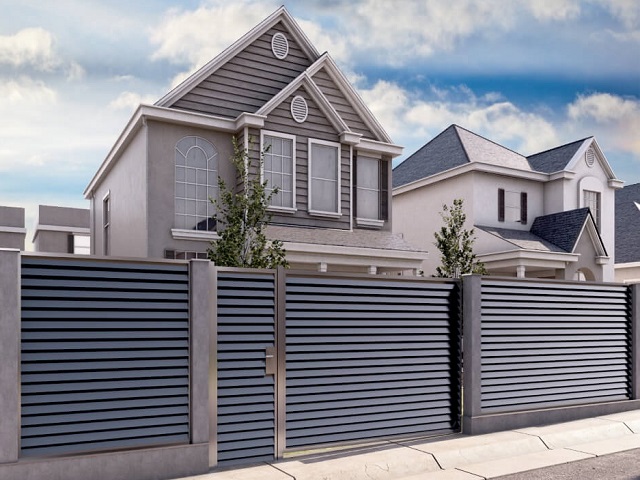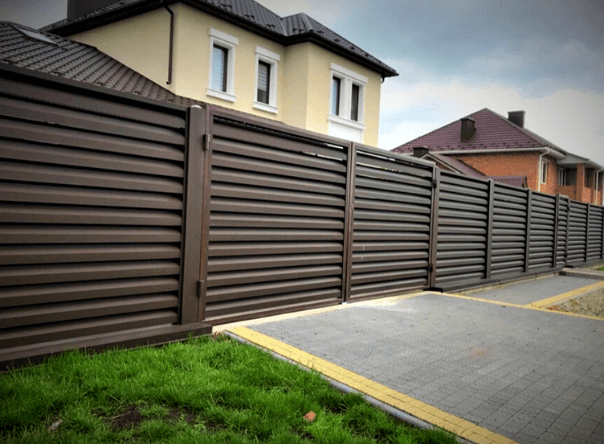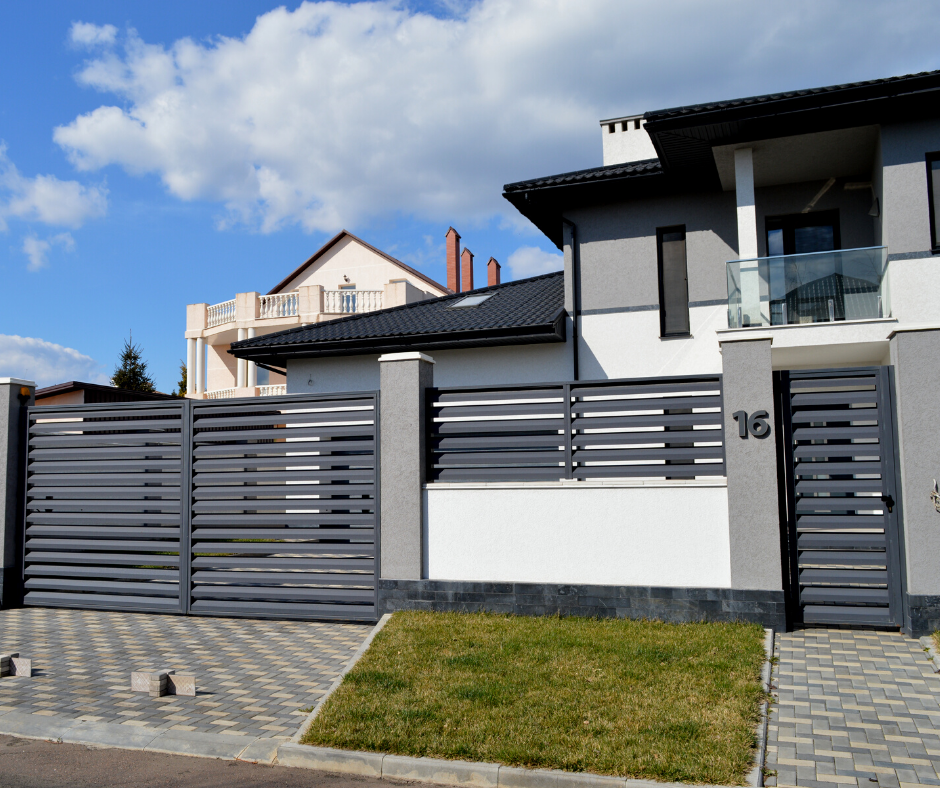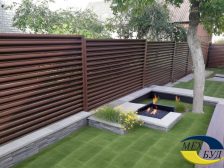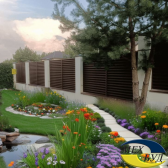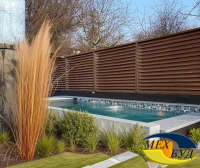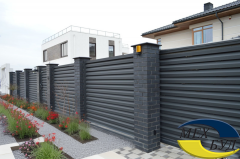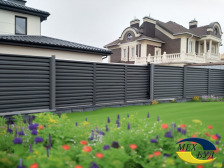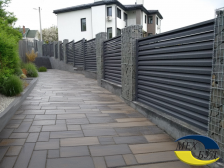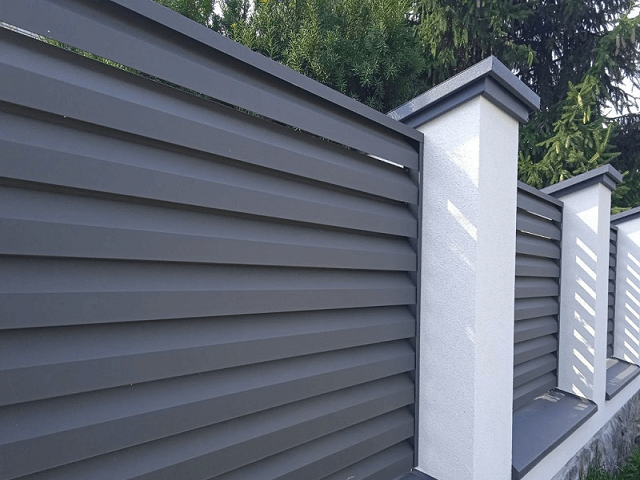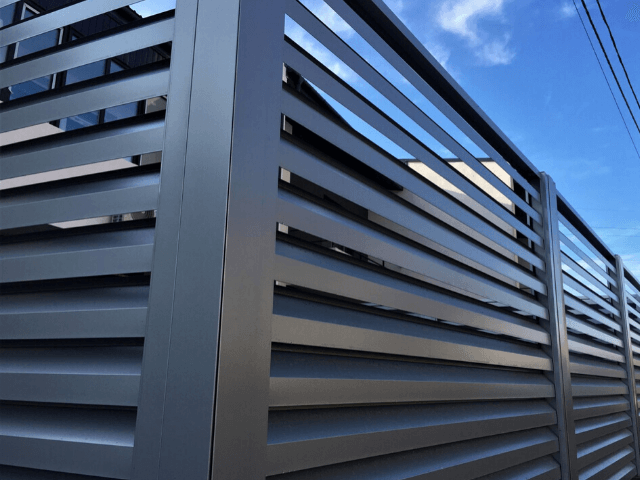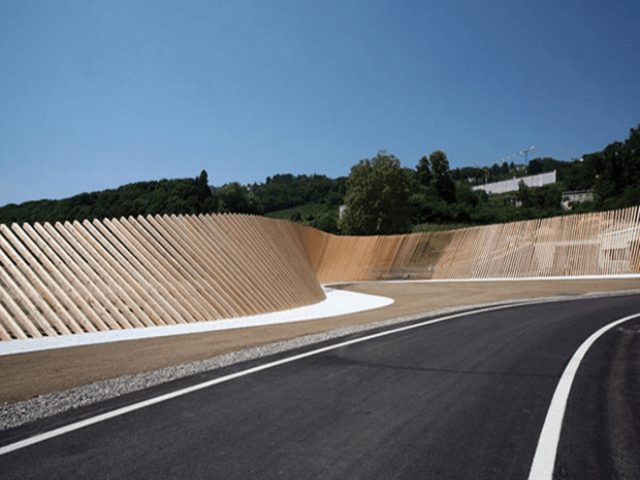Blinds fences, which were considered exotic constructions not long ago, are now produced by many companies and are actively used for arranging both private and commercial areas – residential complexes, parking lots, hotels, shopping malls, etc. However, blinds fences have been around for quite some time, though not in their modern form. In this article, we will discuss the history of such constructions and how they have evolved.
Blinds: The Emergence of the Design
Blinds are a structure made of individual panels set at an angle. Initially, such systems were installed in windows, so the main stages of development are closely related to windows:
The first mentions of “windows with sloping panels” can be found in the chronicles of Middle Eastern states. Such frames were already used in the 4th-5th centuries AD by Arabs and Berbers – in a hot climate, blinds provided ventilation to the room, protecting it from direct sunlight but not completely obscuring it.

